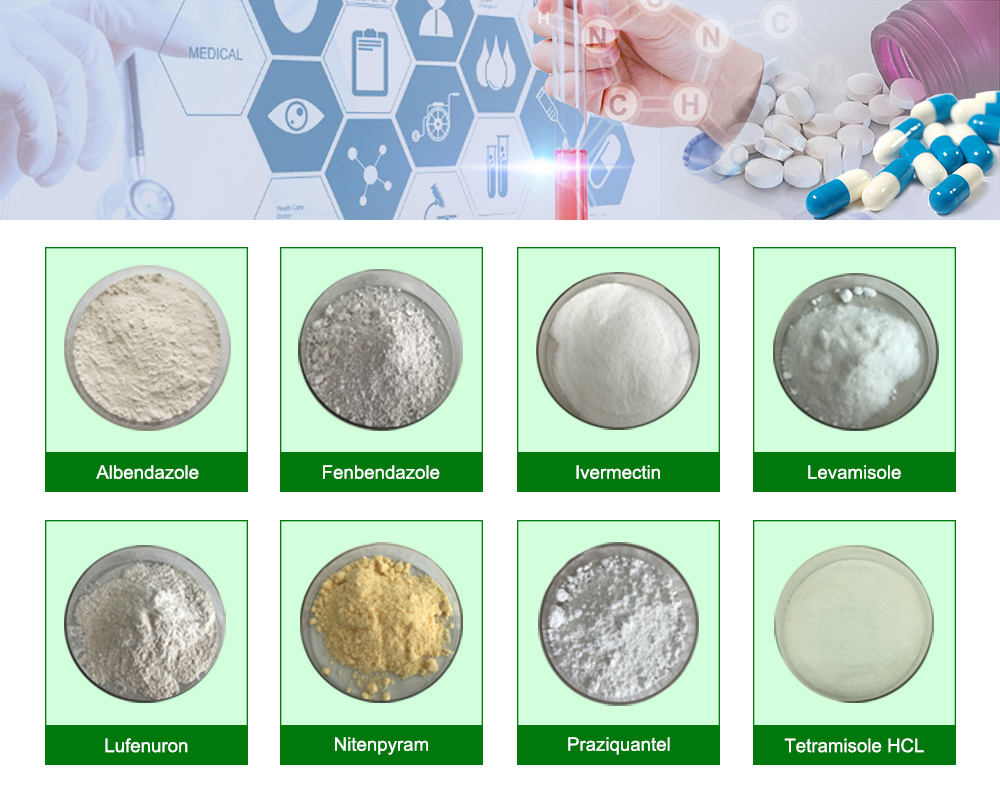Lufenuron is an insect growth regulator commonly used as a veterinary medication to control fleas in pets. It works by inhibiting the development of chitin, a key component of insect exoskeletons. This prevents flea larvae from maturing into adult fleas.
In terms of synthetic technology, lufenuron is a chemical compound that undergoes a synthetic process to be produced. The synthesis typically involves combining various chemical reagents in a series of steps to create the final product. The synthetic technology used in the production of lufenuron is part of the broader field of organic chemistry.
It’s important to note that while lufenuron has applications in veterinary medicine, it is not typically used in human medicine. Additionally, discussions related to synthetic technology should be approached with caution, ensuring adherence to ethical and safety standards. If you have specific questions or concerns about the use of lufenuron, it is recommended to consult with a qualified veterinarian or medical professional.

The process of Lufenuron
Lufenuron is an insect growth regulator commonly used in veterinary medicine to control fleas in dogs and cats. It works by inhibiting the production of chitin, a key component of the exoskeleton of insects. Here is a general overview of the process of using Lufenuron:
1.Administration:
Lufenuron is typically administered orally to pets.
It is available in various forms, such as tablets or as an active ingredient in some flea control medications.
2.Mode of Action:
Once ingested, Lufenuron is absorbed into the bloodstream of the animal.
It does not kill adult fleas but rather interferes with the development of flea larvae.
3.Target:
Lufenuron targets the eggs and larvae of fleas by inhibiting chitin synthesis.
4.Chitin Inhibition:
Chitin is essential for the formation of the exoskeleton in insects.
Lufenuron prevents the synthesis of chitin, leading to the inability of flea larvae to develop a normal exoskeleton.
5.Effect on Fleas:
Adult fleas lay eggs in the environment (e.g., carpets, bedding).
When flea larvae hatch from these eggs and come into contact with Lufenuron, their ability to molt and form a proper exoskeleton is disrupted.
6.Breaks the Flea Life Cycle:
By disrupting the development of flea larvae, Lufenuron helps break the flea life cycle.
This prevents the emergence of new adult fleas, reducing the overall flea population over time.

7.Complementary Treatments:
Lufenuron is often used in combination with other flea control measures, especially those targeting adult fleas.
It may be part of a comprehensive flea control program that includes environmental treatments and treatments for adult fleas.
8.Duration of Effectiveness:
Lufenuron is not immediately effective against adult fleas, so additional measures may be needed to address existing infestations.
Its long-term effectiveness lies in preventing the development of new fleas.
It’s important to note that the specific product formulation and usage instructions can vary depending on the brand and type of medication containing Lufenuron. Pet owners should always follow the instructions provided by their veterinarian or on the product label for the proper and safe use of Lufenuron.
